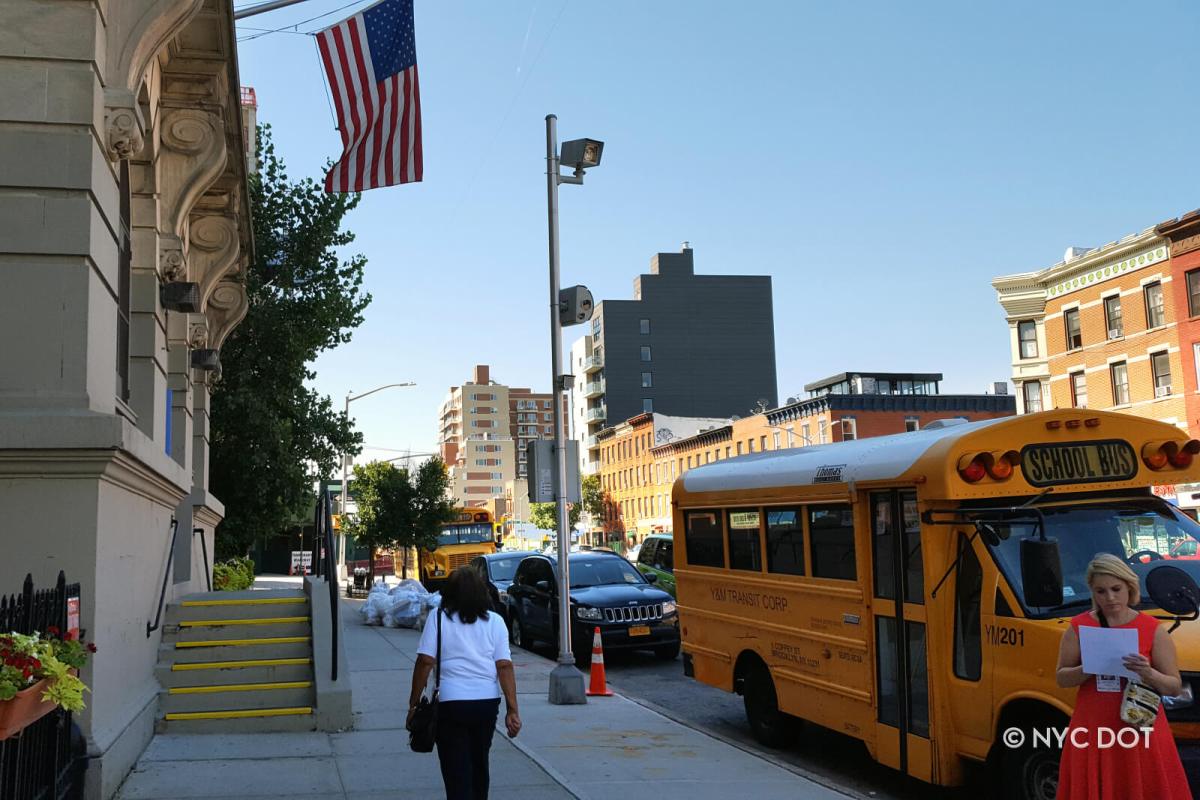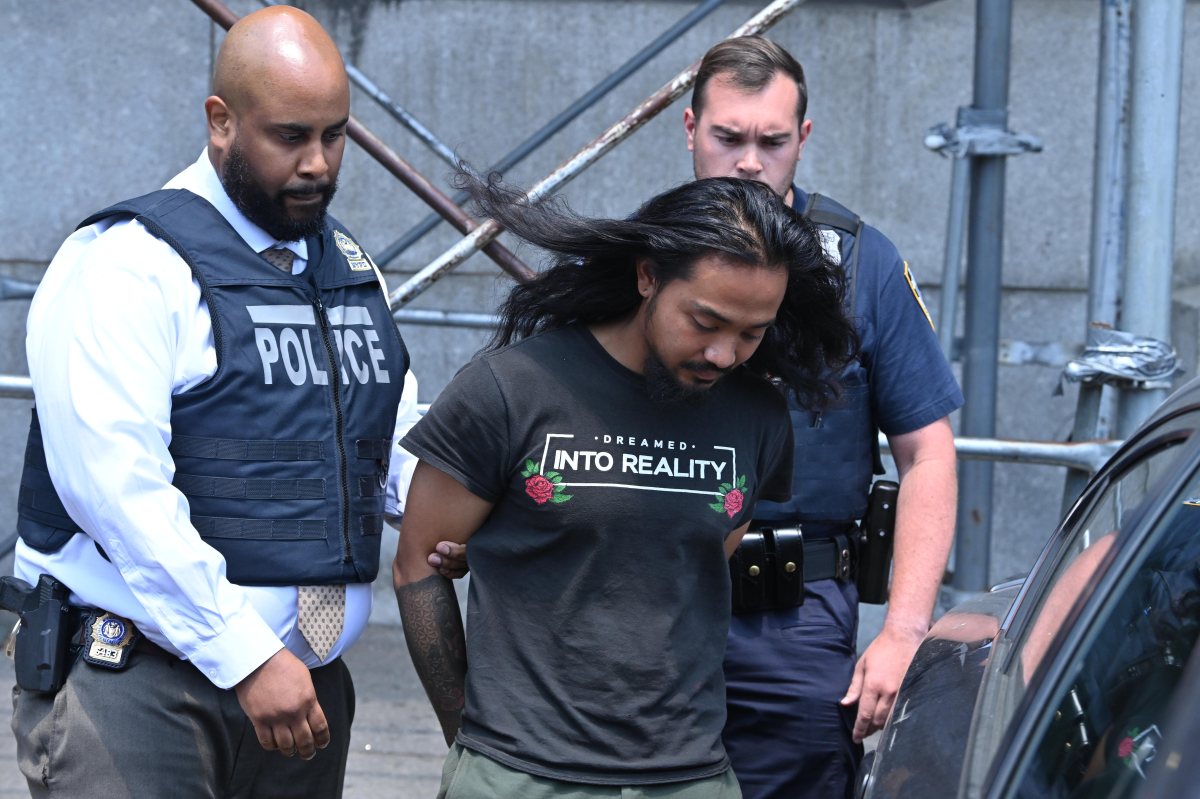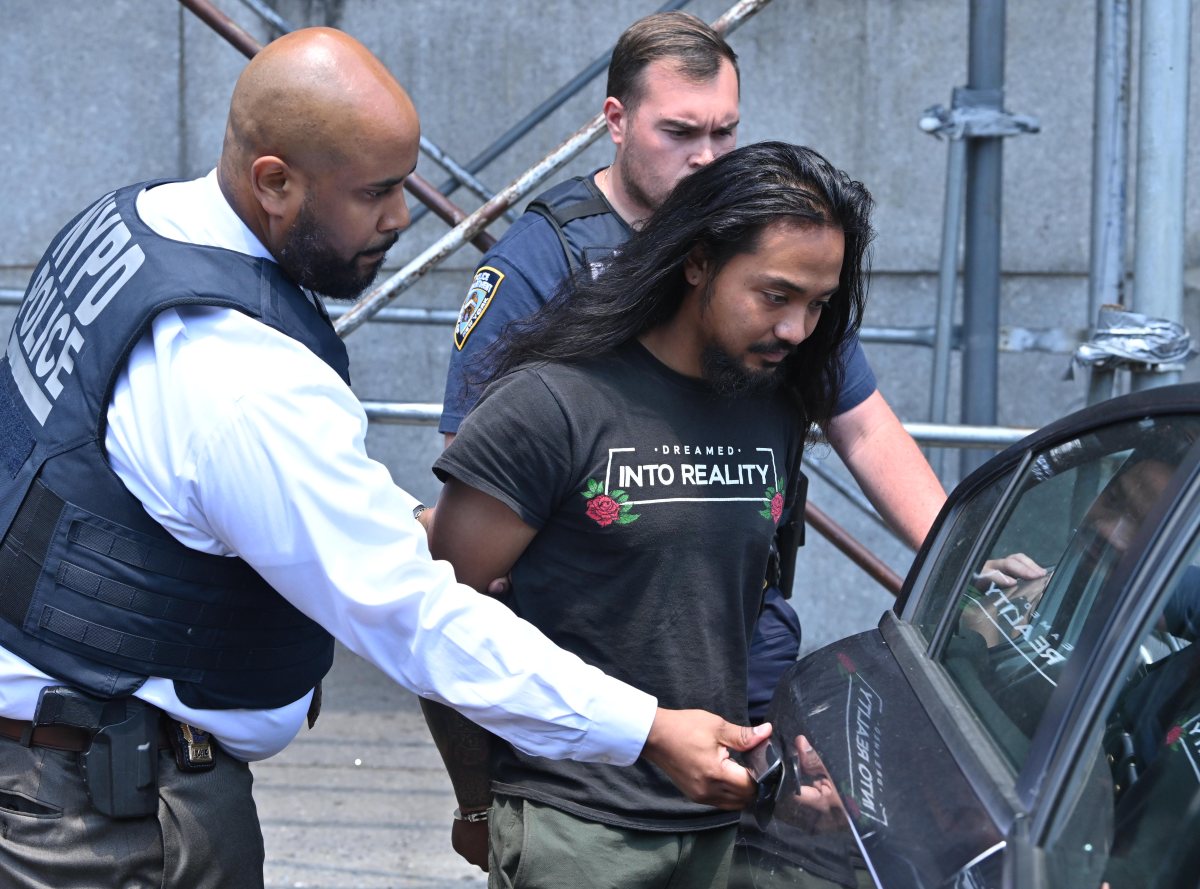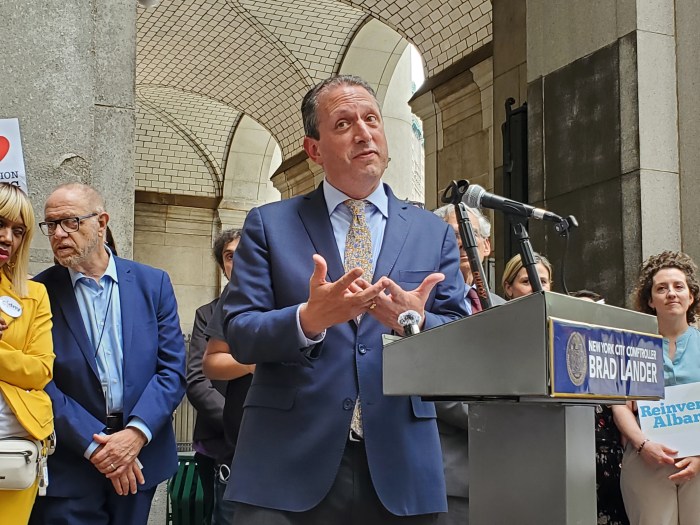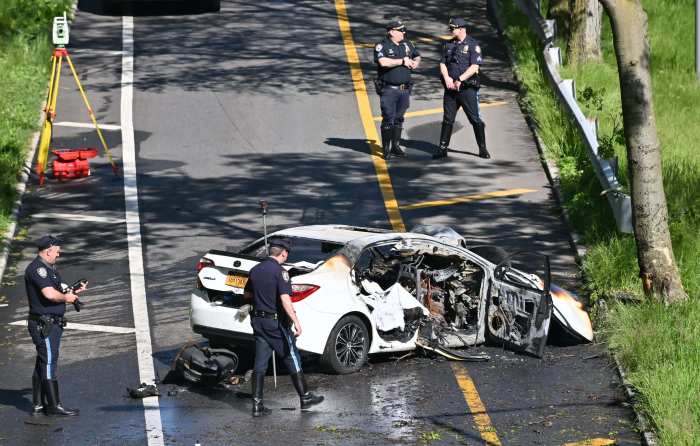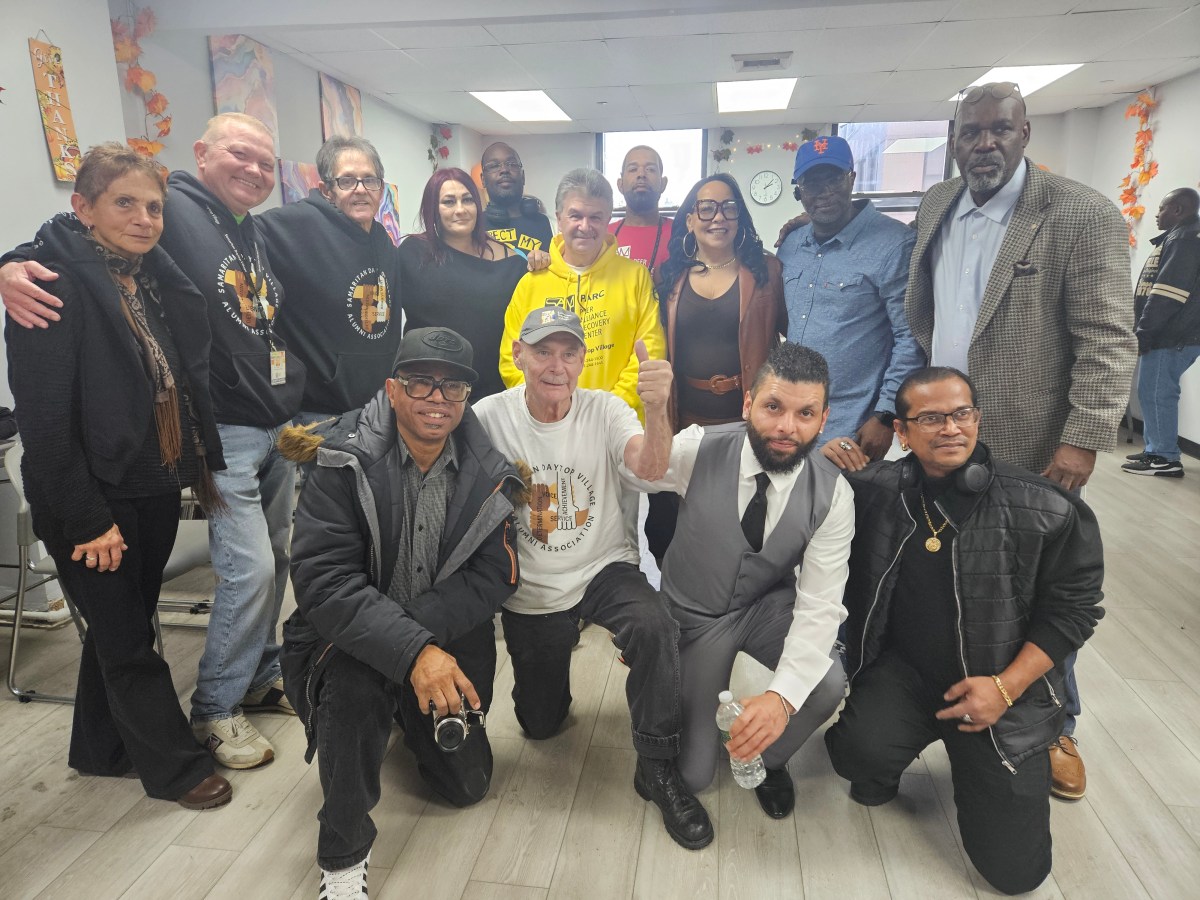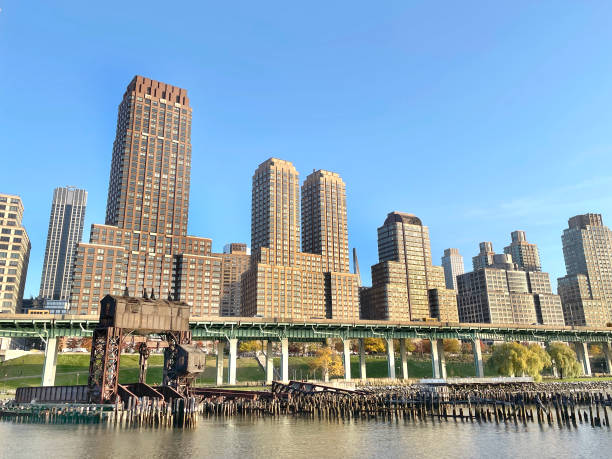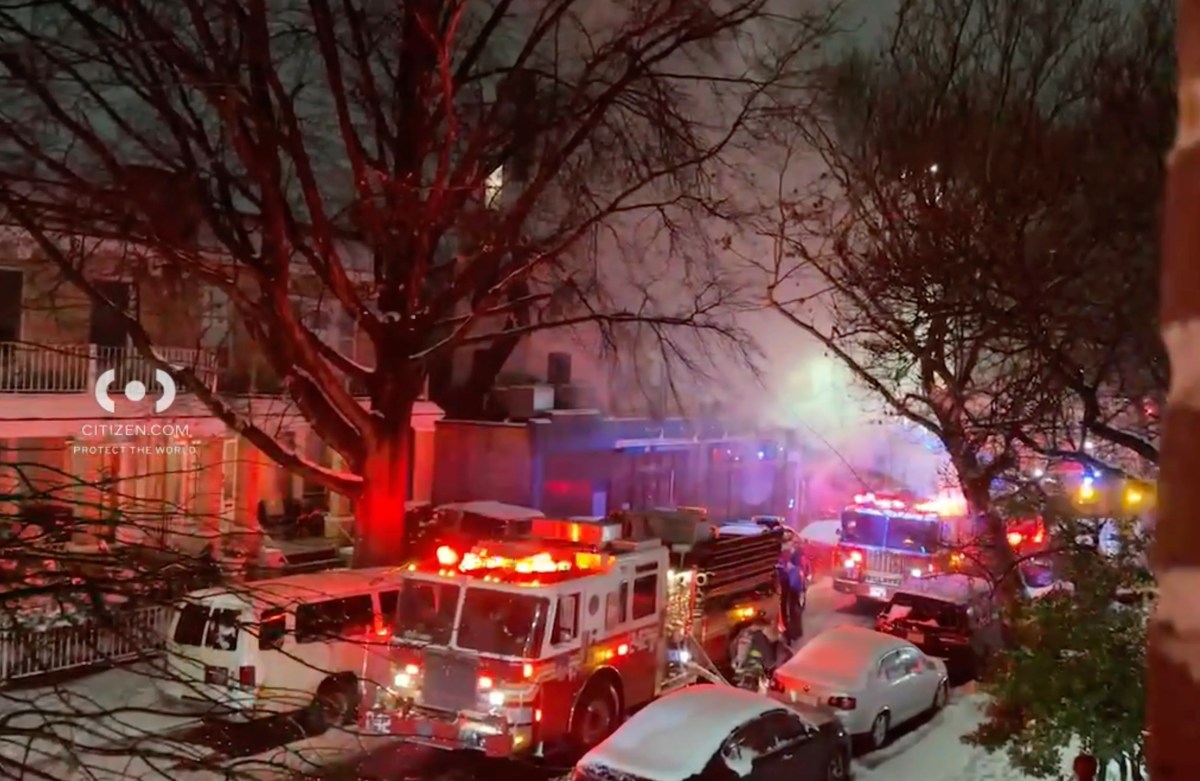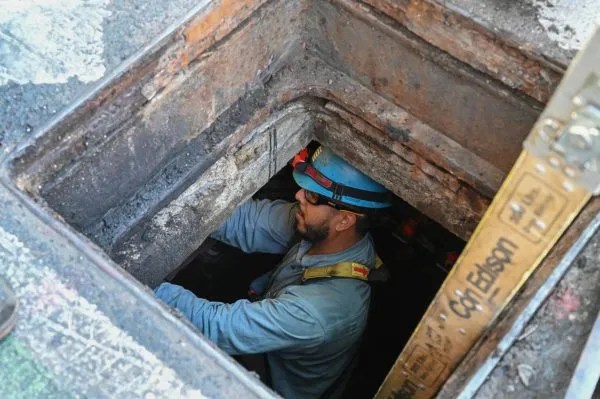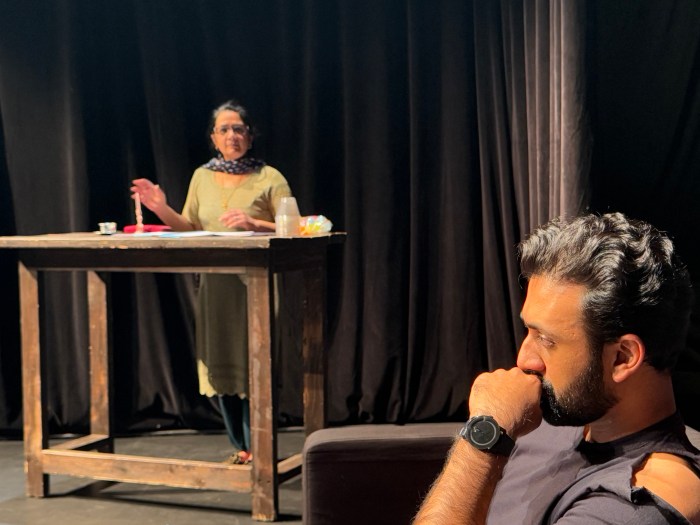New York City was likely cheated out of more than $100 million last year by drivers illegally modifying their license plates to evade speed cameras, according to a new audit that City Comptroller Brad Lander published this week.
The audit concluded that speed cameras appear to reduce the incidence of speeding and collisions in the vicinity of their locations. But when the Comptroller’s office reviewed the performance of the camera operation contractor, Verra Mobility, the watchdog found the company rejected more than 11% of speeding events as invalid and did not issue tickets, for reasons not disclosed to the city’s Department of Transportation (DOT).
Through the first half of 2023, Verra’s rejections cost the city up to $54 million, the Comptroller’s office reported while noting the data was trending upward in the second half of the year. By that metric, a “conservative estimate” of the city’s revenue losses lands at $108 million in 2023.
“Speed cameras reduce speeding, prevent crashes, and save lives,” Lander said in a statement. “Unfortunately, a small but rapidly growing number of drivers are illegally obscuring their license plates in order to speed without getting caught. These scofflaws are putting their neighbors’ lives and safety at risk – and cheating the City out of $100 million a year.”
The number of speeding incidents rejected by Verra due to missing or obscured plates has risen by over 5,000% since 2019, according to the report. In the first half of 2023, 22% of all speeding incidents were rejected by Verra because the cars were affixed with ghost plates, representing more than 1 million drivers putting pedal to the metal in the vicinity of a camera.
Some cameras in particular saw extraordinarily high rejection rates. When the Comptroller’s office studied camera rejection rates from December 2022, one Queens camera saw 98% of recorded speeding incidents rejected by Verra. Another in Brooklyn had a 92% rejection rate.
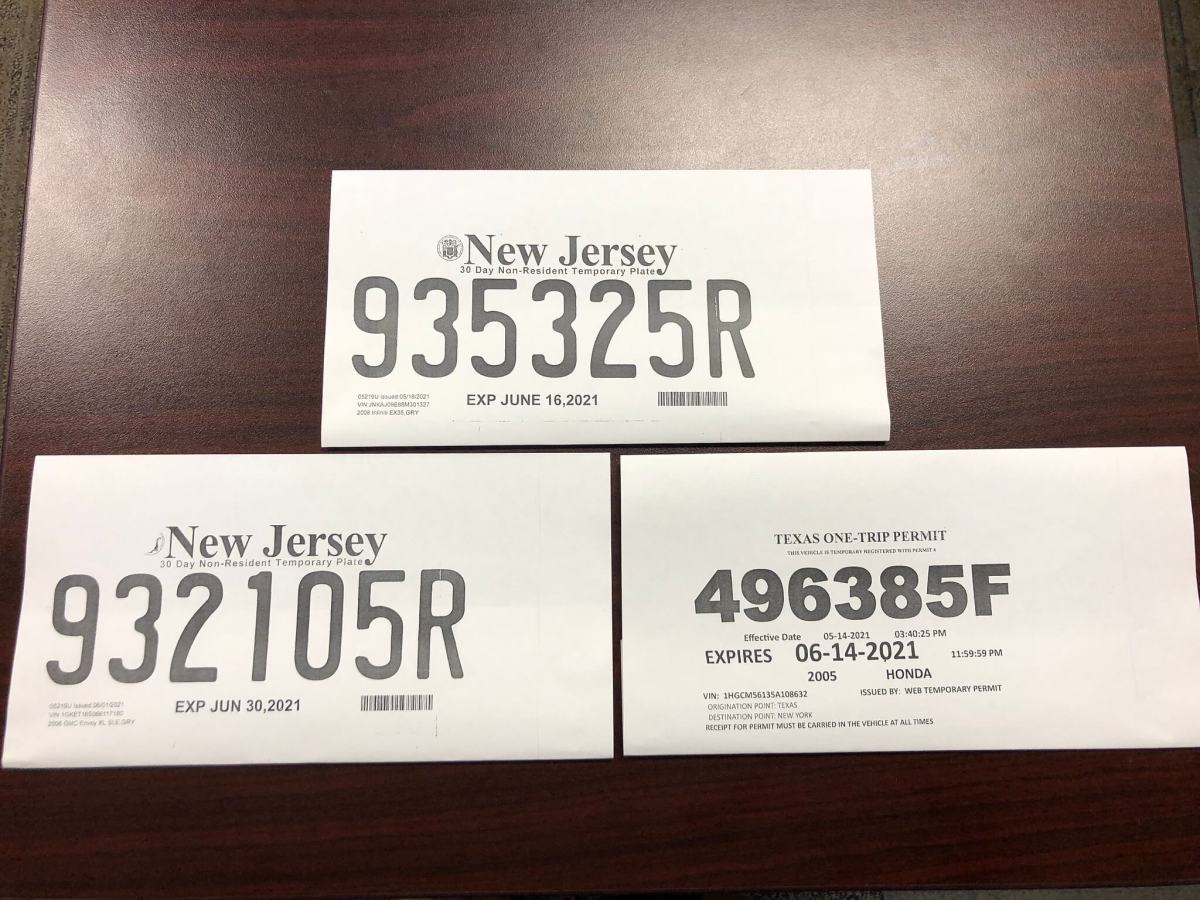
The DOT does not have full access to Verra’s data or footage from speeding incidents where tickets were rejected, preventing city officials from knowing the exact reasons of why it is losing revenue. Not all rejected incidents are due to plate scofflaws; some, for instance, are for emergency vehicles rushing to a scene.
In the audit, Lander recommended that the DOT modify its contract with Verra to ensure it has full access to data and footage from rejected incidents; DOT accepted the recommendations, and a spokesperson said the agency intends to issue a new “request for proposal” to Verra that would allow it full access.
“NYC DOT’s Speed Camera Program saves lives by changing driving behavior, and by any account has been incredibly successful, with 65% of ticketed vehicles receiving only one or two tickets since the start of the program in 2014,” said the spokesperson, Anna Correa. “This means drivers are traveling safer on our streets, which makes our communities and neighborhoods safer as well. We look forward to considering the Comptroller’s recommendations as we advance a future Request For Proposals to operate the program.”
A spokesperson for Verra Mobility said that phony plates are one of the “conditions that we cannot control” on the street below.
“For decades, Verra Mobility has partnered with our clients to improve the effectiveness of street safety camera programs in communities across the U.S. Those efforts have saved countless lives and increased community safety, setting the standard for global safety enforcement programs.” said Verra spokesperson Valerie Schneider. “There are, however, conditions that we cannot control — most notably phony and obscured license plates — which drive the bulk of speed camera rejections. We are reviewing the comptroller’s report and will continue to meet the needs of our clients’ safety programs.”
In August, DOT reported that automated speeding tickets had declined by 30% over the first year that 2,000 school zone speed cameras were in operation 24/7.
The preponderance of illegally missing, obscured, or defaced license plates has grown significantly in recent years, with scofflaws attempting to evade not only speed and red light cameras but also camera-issued tolls. In 2022, the MTA reported losing $46 million to toll evasion.
Tollbeaters are also getting more clever; one driver intercepted crossing the George Washington Bridge had fashioned a gizmo that can be opened or closed at will over the plate. The driver owed nearly $20,000 in unpaid tolls, the New York Post reported.
Last year, City Council lawmakers proposed legislation making it unlawful to drive with fraudulent or expired license plates and to go after unscrupulous car dealers who sell phony “temp tags.” The bills did not come for a vote.
In her State of the State address this month, Gov. Kathy Hochul proposed a crackdown on license plate scofflaws. The governor’s package would increase fines for purposefully defacing or obscuring a license plate, ban the sale of devices designed to obscure plates, and allow police to confiscate plate covers.
Read more: MTA’s Free Bus Program Ends



